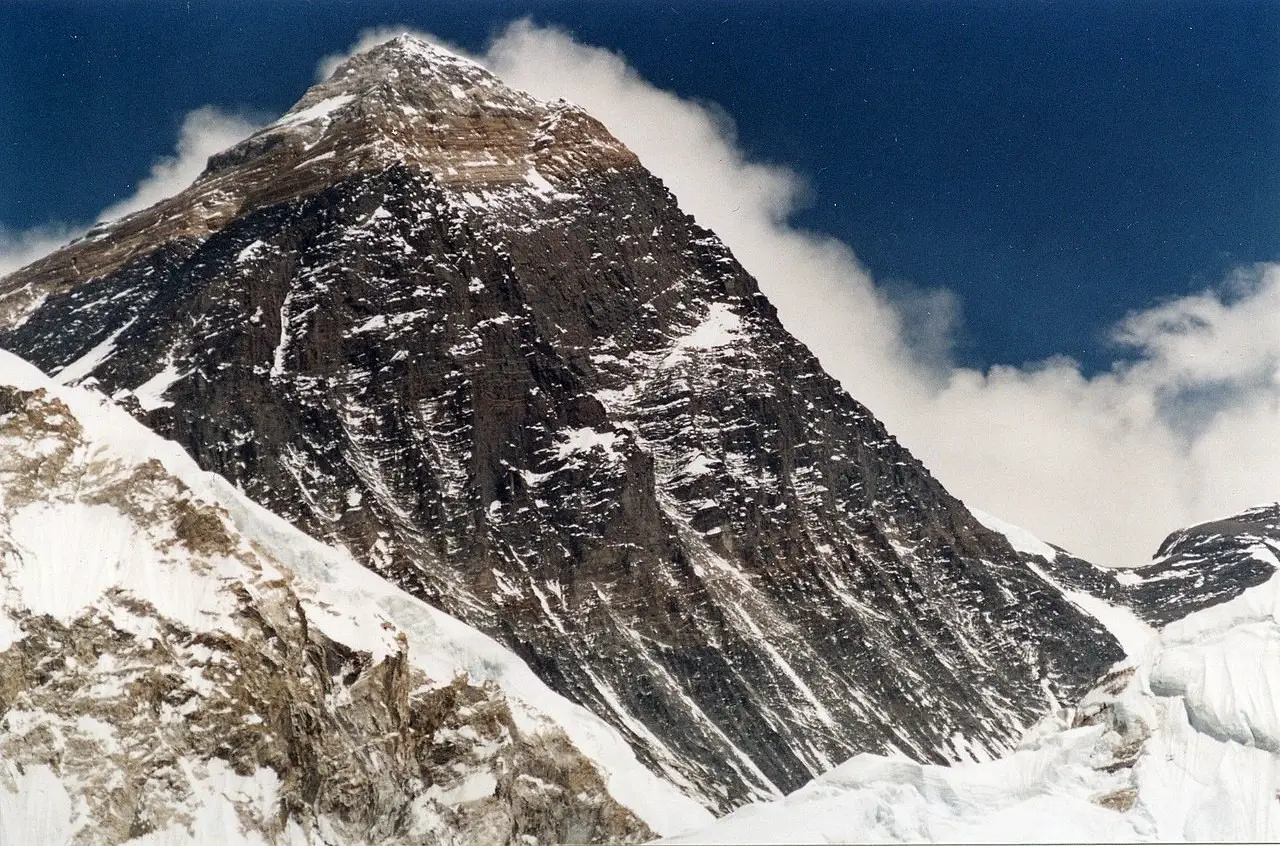As I already mentioned today, as 2016 grinds to an end, it is time to start looking ahead to 2017 and adventures yet to come. A bit part of that will be what happens on Everest next spring, and to get ready for the start of another season of climbing on the Big Hill, Alan Arnette has once again posted his annual look at the cost of climbing Everest.
If you’ve ever wondered how much you’d have to spend to go up the highest mountain on the planet, Alan breaks it down nicely for us and explains where all of the cash goes. He also looks at the trends impacting pricing and where we’re headed in the future.
As usual, there is a lot to sift through in Alan’s report, and he does a much better job of breaking everything down than I could ever possibly hope to do. But, there are a few things that stick out as you examine the price of climbing on Everest in 2017.
First, and unsurprisingly, costs are increasing, particularly on the Chinese side of the mountain in Tibet, where Alan says the average price of an expedition has gone up 22% over last year. That is largely in part because of the higher costs of permits from the North Side this season.
The price of a standard supported climb now ranges from $28,000 to $85,000, with the level of “support” varying greatly, of course. The top end of the spectrum stretches out to $115,000 for a custom climb, while those who want to mostly go it alone can get by for as little as $20,000.
Alan points out that most of the lower-end prices come from Nepali companies who have been competing on price to win customers in recent years, but even their costs are starting to inch up as they realize there is more money to be made. But, if you still want to get a great deal, they are more willing to haggle than their Western competitors.
Following the highly successful 2016, which came after two very tumultuous seasons in 2014 and 2017, the demand for climbing on Everest is expected to be higher than ever. More climbers are now coming to the mountain from China and India, and other parts of the world, pushing the need for more guides and more options.
In the wake of this vacuum, new companies are stepping up to provide services for all of these clients, and as a result, pricing is in flux at the moment. It also calls into question the safety of climbing on the mountain, as it continues to become even more crowded. How this impacts things going forward should be interesting and hopefully not tragic.
Other interesting elements from Alan’s price guide include a breakdown of how much each element of the climb costs – including permits, travel, insurance, gear, and so on. He also has a complete list of operators and their expected costs for 2017 and some answers to common questions. In short, it is a great primer for understanding the basics of a climb and just why it costs so much.
If you’re thinking about making the climb yourself, you’ll definitely want to give this a read. And start saving your pennies, of course. Even a “low-end” Everest climb is still quite an investment.
- Gear Review: The Xero Scrambler Mid is an Ultralight Hiking Shoe for Spring - March 1, 2023
- Gear Review: Yeti Roadie 48 Wheeled Cooler - August 18, 2022
- Kristin Harila Continues Pursuit of 8000-Meter Speed Record - August 16, 2022
